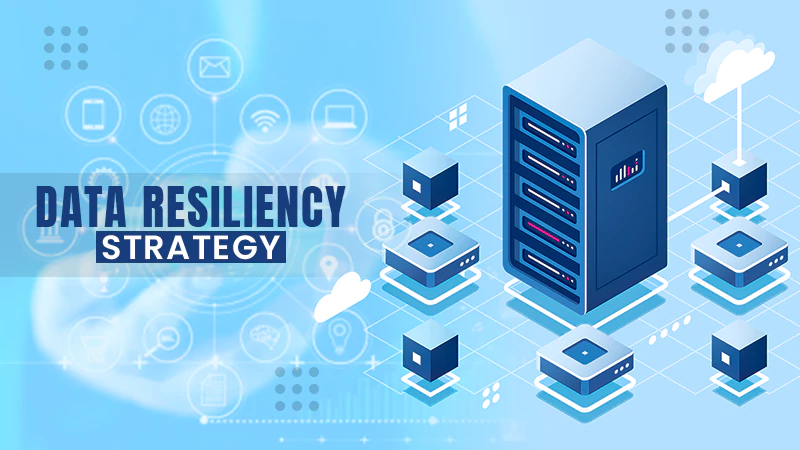We live in an age where technology runs almost everything. If you haven’t noticed, every device has evolved into something much more intelligent than how it was one or two years ago. These smart devices have become a part of our lives that sometimes, it’s difficult to function without them. With a few pushes of buttons or a short voice command, they carry our instructions well, and they do them in a much faster fashion. Who wouldn’t want that?
The smart functionalities that we are enjoying today exist because of software development. The preinstalled software makes the device work, but it’s useless if it’s not embedded in something tangible or hardware. As software development progresses, so should the hardware’s built and design. Furthermore, a software dedicated development team is essential in software development.
Steps Involved in the Software Development Process
Without a doubt, software development is technical work that requires knowledge and skills. It goes through several steps before becoming functional, and each step is performed by a person with expertise in that particular field. And because there is a lot of work to be done, the process of software development can be time-consuming.
Software development is also a complicated task that doesn’t work on the first try. Errors happen along the way, and sometimes, you have to start from scratch to get it right. Developers have to try several times to ensure that the software runs well. But to give you an idea of how tedious the process is, here are the typical steps in software development.
1. Select a Methodology and Collect the Requirements
Planning is the usual first step in any process, including software development. According to IBM, you need to select a methodology to have a clear outline of the steps applied in developing a software application. It shows how the process runs, guiding the developers in their respective tasks. You can choose from RAD, DevOps, SAFe, and other methodologies. Once you have made the selection, you have to know what the users need in a software application to give you an idea of how to create the design and what codes to embed.
2. Develop a Design
It’s important to see how software development can be useful to the users. With that said, it is ideal to develop a design based on the solutions to the issues that the users have provided. Oftentimes, this step utilizes storyboards, prototypes, and process models. The design also provides ideas to the dedicated development team on how they should go about the software development process.
3. Build the Model and Construct the Codes
Using a tool that applies the modeling language such as UML, EEML, SysML, and ADL, you can build a model of the software. It provides a simulation of your design, letting you see which areas have the potential to be erroneous. You can resolve those issues early, which can prevent any form of negative feedback. After building the model, it is time to construct the codes using the right programming language. It is a complex task that requires the involvement of the whole team. You need to conduct peer reviews to provide solutions to the problems and create high-quality software without wasting so much of your time.
4. Test and Perform Quality Control
To find out if the software works, you need to test it as part of the design and coding that you and your team have built. You also have to do performance testing to see if it delivers the tasks as a software application. By doing this, you can see the defects, resolve them, and build a much better version of the application. Moreover, it will help you establish criteria that you can use for future quality control tasks.
5. Launch the Software
When everything is ready, it is time to release the software application to the users. Expect feedback and comments that are vital in improving the application.
The Importance of Remote Teams in Software Development
With all that has been said, where are the remote teams in the picture? Although on-site developers can take all the credit for software development, remote teams have a significant role in the whole process of it. They usually work on the final stage of the process, which is maintenance and support. Companies outsource end-user support to a dedicated remote team due to their experience and skills in this field of work.
Unfortunately, remote teams are still considered second-class developers today. But that shouldn’t be the case anymore. They are capable of doing the whole process of software development like how typical developers do. And most importantly, remote teams should be treated as real developers who have skills at par with on-site developers.







